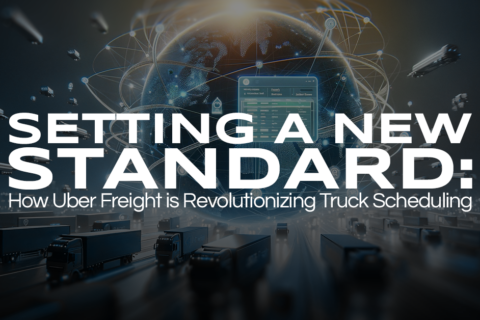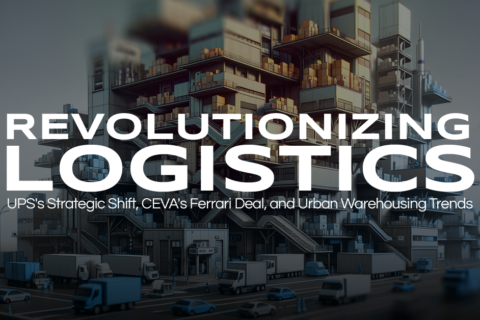Beyond the Horizon: The Realities of Pursuing a Truck Driving Career
The Reality of Truck Driving Imagine the allure of the open road calling to you, promising a life of freedom and adventure behind the wheel of a mighty rig. This vision draws many to consider truck driving not just as a job, but rather a calling. However, beneath the romanticized veneer lies a reality steeped in discipline, dedication, and resilience. As we take off on this exploration of truck driving, uncover the key points of the multifaceted journey from the initial spark of interest to the moment one achieves their Commercial Driver’s License (CDL). Together, we’ll delve into the rigorous training, mental fortitude required, and introspection needed to understand whether this path truly resonates with your spirit. Whether you’re drawn to the field by independence or the responsibility, understanding the full spectrum of truck driving is crucial in making an informed decision about entering this profession. Commitment is Key As with most things in life, a half-hearted approach won’t see you through the CDL exam. Success in a truck driving career demands dedication—time for study, attentiveness to instructors, and considerable effort towards your Class A CDL. Encountering difficulties is an unavoidable part of the process, but persistence and a proactive attitude and ability to seek help makes all the difference. Once you acknowledge these simple truths, you’ll begin moving through this journey with determination, and the path to a truck driving career will become much more attainable. The Impact of Attitude This next piece of advice will be overlooked, mostly because it’s a seemingly simple truth that most people gloss right over. Now, this isn’t because it’s any more or less challenging than other advice. However, most people operating in our world are so caught up in the spin and rarely, if ever, set aside the time to reflect and truly consider the broad impact a negative mindset can can have on any and all aspects of your life. The biggest way this manifests in this environment is by individuals entering training with the belief that they already know better than their instructors, or resisting their guidance, ultimately providing a surefire way to fail. Instead, take a moment, pause, and adopt a positive, eager-to-learn attitude to succeed in truck driver training. This approach not only makes the training process more enjoyable but also increases your chances of success. Handling Pressure Managing stress in truck driving is critical, especially so given that these jobs often involve high-pressure situations. If you ever find yourself overwhelmed during training, take a moment, step back and reflect. In this time, revisit your motivations and explore strategies to assist you in maintaining a clear focus and a calm demeanor allowing you to conquer any situation with a level headed approach. There are many methods used to gain this sense of calm, whether it’s through meditation, exercise, or even something as simple as reminding yourself of your goals, finding your personal method to navigate pressure is essential. Recognizing Truck Driving Might Not Be Your Call It’s possible that you may realize throughout your training experience, that truck driving may not be the best fit for you. This could stem from it’s the physical demands, the lifestyle, or even simply aspects of the job end up not aligning with your expectations. Whatever it may be, it’s important to acknowledge these truths sooner rather than later. Equally as important is reminding yourself that there’s no shame in pivoting to a career path better suited to your preferences and strengths. Some people spend their whole life figuring out what suits their strengths best and everyone’s journey is different. Just stay true to yourself and you’ll be on your way to living your best life. Conclusion: Your Road to Success Thank you for joining us on this explorative journey through the realities of truck driving education. From the rigorous preparations faced in truck driving schools to the psychological and emotional resilience needed, we’ve given you a birds-eye view of the terrain and what it truly takes to thrive in this demanding yet rewarding field. The road to becoming a truck driver is ripe with challenges that test more than just your ability to handle a vehicle; they test your commitment, attitude, and your ability to manage stress. It’s a journey that requires you to embrace the hardships and find joy in the growth they bring. As with everything we cover, your reflections and experiences are an integral part of this conversation, and sharing them enriches our collective journey. Be sure to leave your thoughts and opinions in the comments below because, whether truck driving calls to you as a career or you’re still weighing your options, understanding these realities is essential. As we conclude this exploration, remember that the path to success, whether on the road or elsewhere, is often marked by the willingness to learn, adapt, and persevere. Keep steering your way through life’s journeys with an open heart and an eager mind, and don’t forget to check back for more insights into the fascinating world of truck driving. If you made it to this part of the post, we’d just like to take a moment to thank you for taking the time to read this article. Be safe out there and as always, If you’re in search of CDL A, B, or warehouse positions, check out our open positions. And if you need staffing solutions for commercial driving or industrial positions, be sure to explore our offerings.









Recent Comments